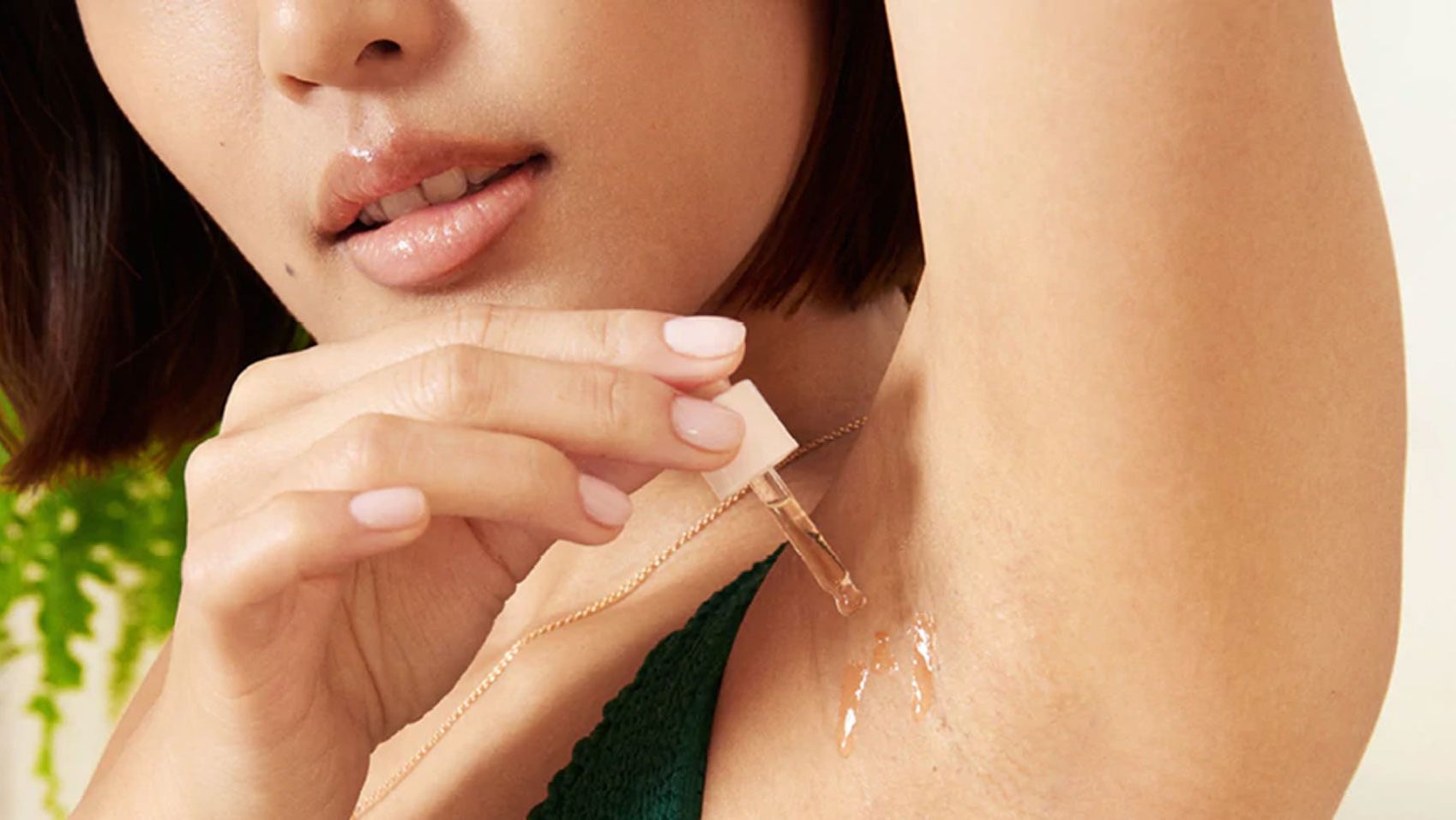Ingrown hairs, a common skin condition, occur when hairs curl back or grow sideways into the skin, leading to red, often itchy and sometimes painful bumps. They can affect anyone who removes hair by shaving, waxing, or plucking, and are particularly common in areas of frequent hair removal, such as the face, neck, armpits, legs, and pubic region. People with curly or coarse hair are more prone to ingrown hairs, which can sometimes become infected and turn into more painful, pus-filled sores.
Causes of Ingrown Hairs
Ingrown hairs are primarily caused by improper shaving techniques, but other hair removal methods like waxing and plucking can also contribute to their development. When the hair is cut bluntly or removed, it may fail to grow out of the skin properly, curling back into the skin as it regrows. Dead skin can also clog hair follicles, forcing the hair inside it to grow sideways.
Symptoms
- Small, round bumps (papules) or small, pus-filled bumps (pustules)
- Pain and itching in the affected area
- Hyperpigmentation (darkening of the skin)
- Embedded hairs visible under the skin
Prevention Tips

- Use Proper Shaving Techniques: Wet the skin and hair with warm water, apply a lubricating gel, and use a sharp, single-blade razor. Shave in the direction of hair growth and rinse the blade after each stroke.
- Exfoliate Regularly: Gently exfoliate the skin before shaving to remove dead skin cells and free any trapped hairs. Use a soft brush or exfoliating scrub suitable for your skin type.
- Keep the Skin Moisturized: Apply a moisturizing lotion after hair removal to keep the skin soft and prevent dryness, which can increase the risk of ingrown hairs.
- Consider Alternative Hair Removal Methods: If you’re prone to ingrown hairs, consider using hair removal creams or opting for laser hair removal, which reduces hair growth over time.
- Avoid Tight Clothing: Tight clothing can irritate the skin and exacerbate ingrown hairs, especially after shaving or waxing. Opt for loose-fitting clothes that allow your skin to breathe.
Treatment Options
For mild cases, ingrown hairs often resolve on their own without the need for treatment. However, for persistent or infected ingrown hairs, consider the following:
- Warm Compresses: Apply a warm, wet cloth to the affected area to soften the skin and help the ingrown hair emerge from the skin.
- Gentle Extraction: If the hair is visible near the skin’s surface, you may carefully try to extract it with sterile tweezers or a needle, but avoid digging into the skin.
- Topical Treatments: Over-the-counter creams containing salicylic acid, glycolic acid, or benzoyl peroxide can help exfoliate the skin, reduce inflammation, and treat infection.
- Consult a Dermatologist: For severe or recurrent cases, a dermatologist can offer treatments like steroid creams, antibiotics for infected ingrown hairs, or professional removal techniques.
When to See a Doctor
Consult a healthcare provider if:
- The ingrown hair is very painful, red, or oozing pus (signs of infection).
- You frequently get ingrown hairs and can’t prevent them despite changing your hair removal methods.
- You have a large number of ingrown hairs, or they are causing significant discomfort or cosmetic concern.
Proper skin care and gentle hair removal techniques are key to preventing ingrown hairs. If you’re struggling with this condition, consider adjusting your hair removal method and follow the prevention tips to reduce the risk of developing ingrown hairs.



